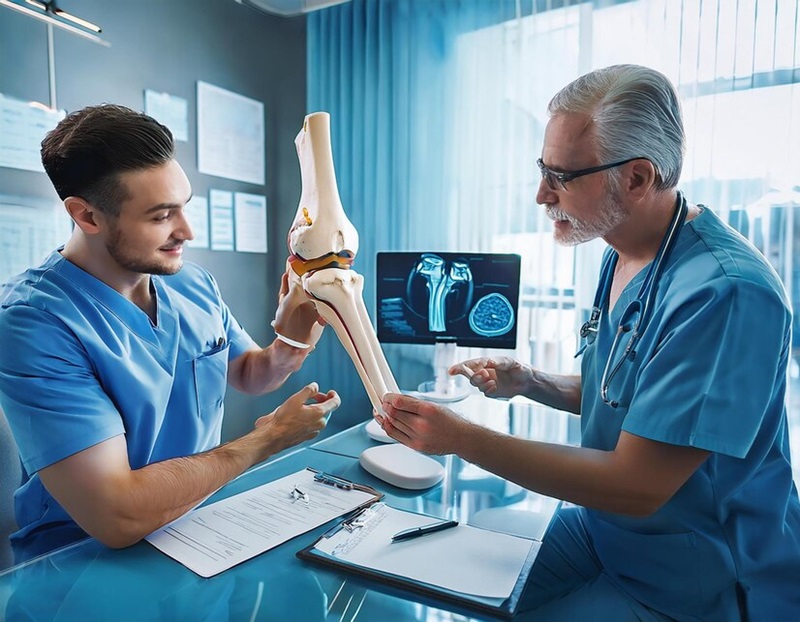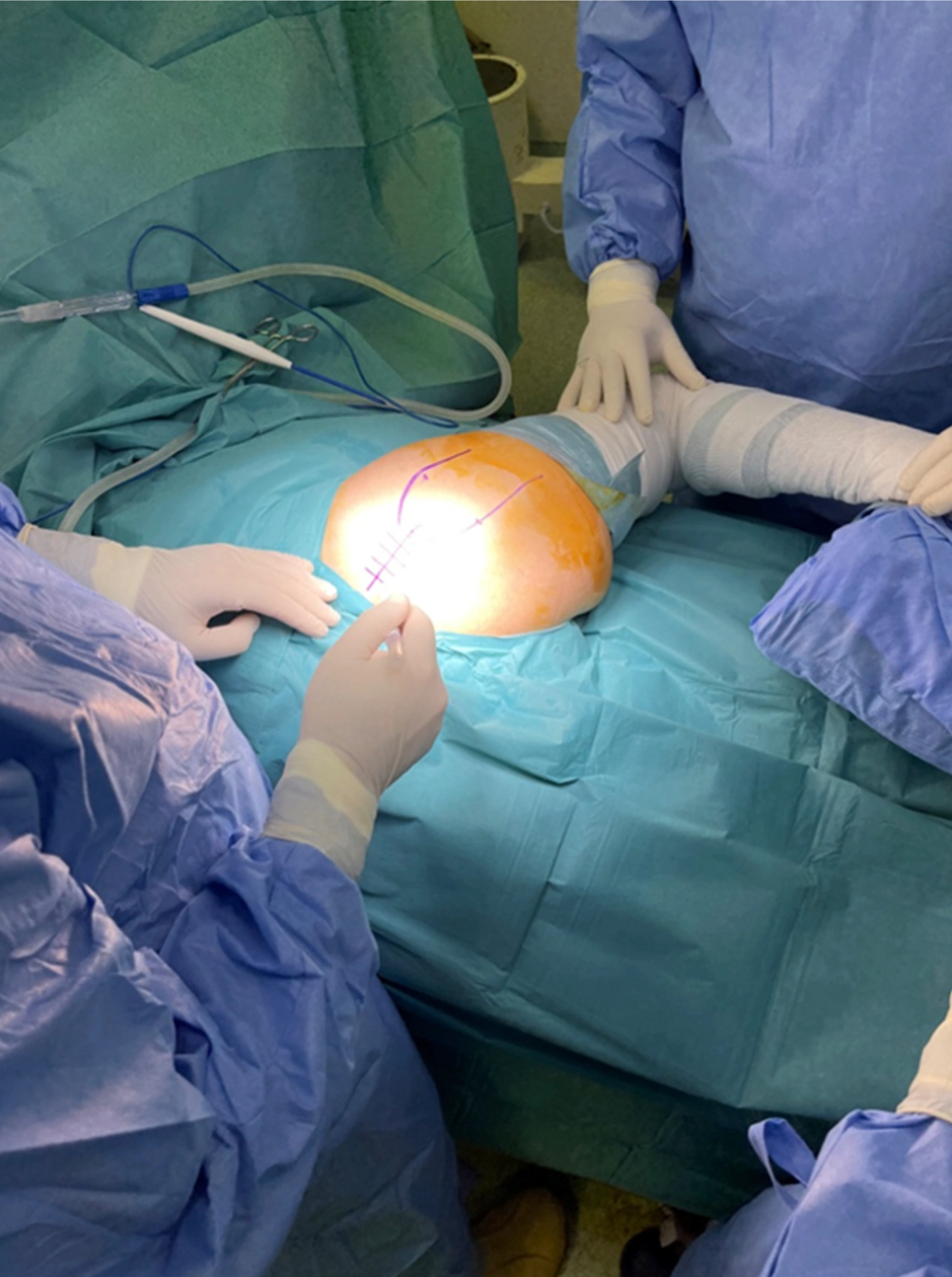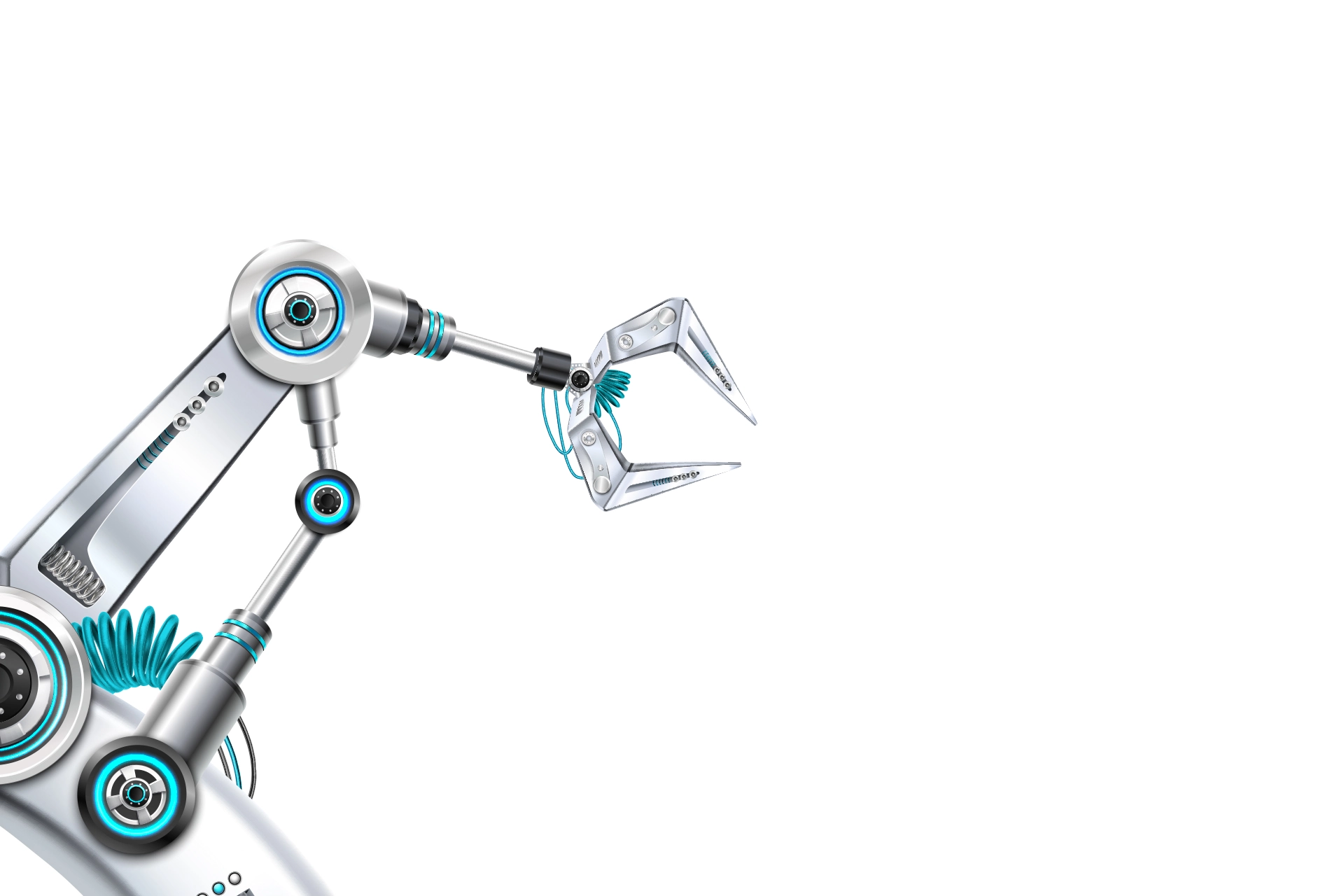This cutting-edge method improves surgical accuracy while simultaneously improving patient outcomes and hastening recovery times. In this article, we examine the revolutionary effects of robotic-assisted knee replacement procedures and how they are changing the orthopedic care environment.
The Desire for Individualization
Age-related knee osteoarthritis, a prevalent ailment, can have a major negative impact on mobility and quality of life. In traditional knee replacement treatments, damaged knee joint parts are removed and replaced with prosthetic parts. However, each patient’s knee anatomy is distinct, and individual differences exist in things like bone density, alignment, and ligament balance. Here is when individualized care is useful.
What a Robotics Plays
Knee replacement surgeries using robotic assistance combine the knowledge of professional surgeons with cutting-edge technology. Surgeons can design a unique surgical strategy that is specific to the anatomy of the patient using preoperative imaging and 3D models of the patient’s knee. The robotic technology offers real-time data and feedback during the procedure, enabling the surgeon to make fine modifications and guarantee the ideal alignment and placement of the implant components.
Advantages for Patients
Better accuracy
Due to the unmatched accuracy provided by robotic technologies, the implant’s component alignment is improved. As a result, the knee feels more natural and performs better after surgery.
Customized Fit
The prosthetic components can be fitted to the patient’s knee in a way that minimizes discomfort and potential issues thanks to the ability to produce a 3D model of the patient’s knee.
Faster Recovery
Due to the minimally invasive nature of the surgery and the precise placement of implants, patients who have robotic-assisted knee replacement surgeries frequently have speedier recovery times.
Long-Term Success
The accuracy of robotic procedures helps to the knee replacement’s long-term success, perhaps prolonging the implant’s lifespan.
What a Surgeon Does
Robotic-assisted procedures improve rather than replace the skills of the surgeon. Throughout the surgery, surgeons maintain control and make judgments and adjustments in real-time based on information provided by the robotic system.
A Change in Orthopedic Care’s Mentality
Robotics has caused a paradigm shift in orthopedic care, moving it from a one-size-fits-all strategy to one that prioritizes individualized accuracy. This change fits in with the broader trend of customized medicine, in which medical care is tailored to the specific needs of each patient.
Taking On Skepticism
As with any technological development, doubt could exist. The effectiveness and safety of robotic-assisted knee replacement surgeries have been established, however, by considerable research, clinical studies, and successful patient results.
Future Knee Replacement Procedures
Robotics knee replacement surgery procedures is a significant advance in medical technology. We may anticipate more advancements in robotic systems as the sector develops, which will result in even higher degrees of precision and customisation.
The way we approach orthopedic interventions is changing as a result of personalized care provided during robotic-assisted knee replacement procedures. Patients experience better outcomes, less discomfort, and quicker recovery times when sophisticated technology and surgeon skill are combined. Personalized orthopedic care, which ensures that each patient receives a treatment plan as unique as their own anatomy, is ready to replace current practices as these procedures continue to advance.
In Conclusion
The incorporation of robots into knee replacement procedures has made a significant advancement toward individualized care and accuracy in the field of orthopedics. Beyond the operating room, this technology has a profound effect on patients’ lives who are looking for relief from knee osteoarthritis.
Robotic-assisted knee surgery not only improve surgical outcomes but also raise overall quality of life since surgical techniques are tailored to each patient’s specific anatomy. The symbiosis of expert surgeons and robotic systems promises to transform the future of orthopedic surgery, ushering in a period of unmatched accuracy and patient-centered innovation as technology progresses and the advantages of tailored care become more apparent.
FAQs
Do robotic-assisted knee replacement procedures carry any risks?
There are possible hazards with any medical operation, but a lot of research and successful outcomes have shown that these surgeries are safe and beneficial.
Can every patient have a knee replacement with robotic assistance?
The degree of knee osteoarthritis, the patient’s general health, and the surgeon’s evaluation all play a role in eligibility.
Do these procedures cost more than standard knee replacements?
Due to the technology involved, robotic-assisted surgeries may have slightly higher initial costs, but the potential advantages and shortened recovery times may result in long-term cost savings.
Do patients undergoing robotic surgery require further imaging?
Typically, 3D models of the knee are produced using preoperative imaging, such as MRI or CT scans, to aid in the design of the surgery.
How long does the healing period follow a robotic knee replacement?
Recovery times vary, but because the procedure is minimally invasive and the implants are placed precisely, many people recover more quickly.










